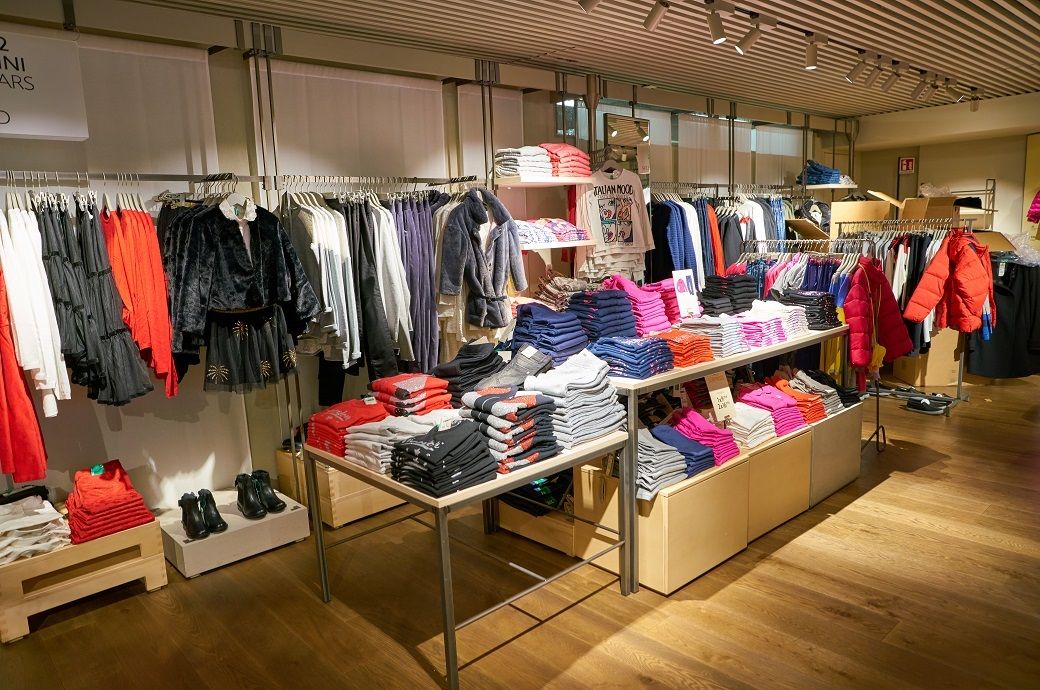India's retail inflation may drop to 4.5%, boosting GDP in FY24

Insights
- India's retail inflation projections influence the country's economic growth forecasts, according to Ind-Ra.
- If inflation drops to 4.5 per cent in FY24, real wage growth could reach 4.4 per cent, increasing PFCE growth to 7.6 per cent and GDP growth to 6.4 per cent.
- Lower inflation rates could result in higher growth, but it seems more likely in FY25.
Similarly, if the retail inflation falls to 4.0 per cent in FY24, then corresponding PFCE and GDP growth may come in at 8.2 per cent and 6.7 per cent. However, given the current inflation trajectory, this looks more likely in FY25, Ind-Ra said in a press release.
In general, Ind-Ra’s calculation shows that a 1 per cent increase in real wages could lead to a 1.12 per cent increase in the real PFCE, and the multiplier effect of this could result in a 64bp increase in the GDP growth. Clearly, wage growth is critical for consumption growth in an economy as it responds to income (wage) growth and inflation. A rational consumer/individual mostly operates on a permanent/life income hypothesis. This means the consumer/individual will spend money at a level consistent with their expected long-term average income. So, if the expectation is that real wages will rise, it will be in line with the ongoing consumption even involving dipping in savings.
However, in the event the real wage growth remains low, the consumer/individual would align their consumption pattern with expected real wage/income growth, resulting in the economy entering in a low consumption phase. Although the real wage growth (compensation of employees deflated by consumer price index) in FY22 was 12.2 per cent, it was mainly due to a 5.9 per cent YoY decline in wages (real) in FY21. The average real wage growth during FY21-FY22 was only 3.1 per cent and the corresponding PFCE growth was 3.0 per cent.
Since PFCE is the largest component of GDP from the demand side and accounted for 58.0 per cent of the GDP during FY21-FY23, concomitantly the average GDP growth during FY21-FY23 came in at 3.5 per cent, even lower than the 3.9 per cent GDP growth in the pre-COVID year of FY20.
Although growth in FY22 and FY23 appears strong, it is mainly due to the negative growth in FY21. No doubt, compared to the global economy, the Indian economy has come out of the COVID-19 crisis strongly; and it is one of the fastest-growing large economies in the world. Maintaining the ongoing growth momentum (average growth during FY22-FY23: 8.1 per cent) is crucial for the Indian economy to generate adequate employment and higher income for its citizens.
Anecdotal evidence suggests that the economic recovery post-COVID has taken the ‘K’ shape. However, in absence of any government data on income distribution, it is difficult to assess the nature of recovery.
While the government data does not provide income distribution by deciles, two important data sets by the National Statistics Office (NSO) namely output by economic activity and capital formation by industry of use and institutional sector – key economic indicators, provide some important information.
The former provides the distribution of gross value added (GVA) generated across the industry of use by i) compensation to employees (wages), ii) operating profit/mixed income, iii) production taxes less production subsidies, and iv) consumption of fixed capital (depreciation). The latter provides the distribution of GVA, gross savings, gross capital formation, and consumption of fixed capital as six institutional classifications—public non-financial corporations, private non-financial corporations, public financial corporations, private financial corporations, general government, and households.
At a disaggregated level, the data shows that the proportion of real wages generated in the private sector to the total real wages in FY22 was 39.1 per cent, followed by public sector at 36.1 per cent and households at 24.7 per cent. However, the proportion of nominal GVA was highest for the households sector at 44.0 per cent, followed by the private sector at 38.0 per cent and the public sector at 18.0 per cent in the total GVA in FY22.
The average real wage growth of the public sector, private sector, households, and total during FY21-FY22 was 0.2 per cent, 3.6 per cent, 5.3 per cent, and 2.8 per cent, respectively. This tepid real wage growth is leading to lacklustre consumption growth and in turn GDP growth.
Fibre2Fashion News Desk (NB)
































-Ltd..jpg?tr=w-120,h-60,c-at_max,cm-pad_resize,bg-ffffff)





.jpg?tr=w-120,h-60,c-at_max,cm-pad_resize,bg-ffffff)
.jpg?tr=w-120,h-60,c-at_max,cm-pad_resize,bg-ffffff)






